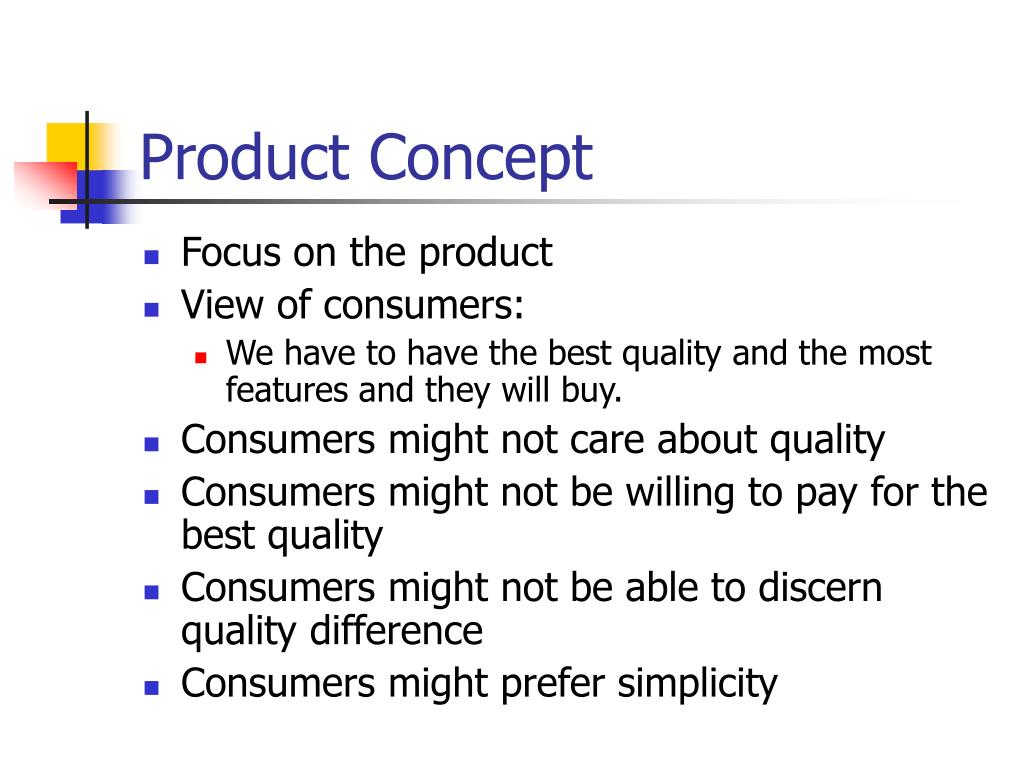
Consumer behaviour emerged in the 1940–1950s as a distinct sub-discipline of marketing, but has become an interdisciplinary social science that blends elements from psychology, sociology, social anthropology, anthropology, ethnography, marketing, and economics (especially behavioural economics). Consumer behaviour consists of how the consumer's emotions, attitudes, and preferences affect buying behaviour. Consumers seek for more information when they associate high degree or risk with the purchase.Consumer behavior is the study of individuals, groups, or organizations and all the activities associated with the purchase, use and disposal of goods and services.Time Risk – Risk that the time spent on in the product may be wasted if the product does not perform as expected. Physical Risk – Physical threats a product may pose Psychological Risk – Risk that the product may not solve a purpose or satisfy a need Perceived Risk – The degree of uncertainty perceived by the consumer as to the consequences of a specific purchase decision.įunctional Risk – Risk that a product may not work as expectedįinancial Risk – Risk that the product will not be value for money Perceptual Mapping – A research technique that enables markets to plot graphically consumer’s perceptions concerning product attributes of specific branches. Positioning – Establishing a specific image for a brand in the consumer’s mind. Perceptual distortion – It refers to the distortion of information by consumers so that it conforms to their beliefs and attitudes. Therefore an individual`s interpretation of a stimuli may be influenced by the strength and positioning of the stimulus. (C) Interpretation – A stimuli may be weak or strong depending upon its visibility, exposure, noise level, distance and viewing angles. Grouping – People group stimuli to form a unified impression or concept. It helps memory and recall.Ĭlosure – People have a need for closure and organize perceptions to form a complete picture and often fill the missing pieces. Incomplete messages are remembered more than complete. They organize perceptions into figure-ground relationships and form a unified picture.įigure and ground relationship – People tend to organize perceptions into figure and ground relationship. The ground is usually hazy. Marketers design symbols and figure so it is noticed by the stimuli.

(B) Organisation – Consumers tend to organize different stimuli into groups and perceive them as separate and distinct sensations. ♦ Psychological factors – Consumers psychological make-up and internal factors ♦ Situational factors – External environment of the consumer ♦ Colour, movement and contrast – Colour, movement and contrast of the advertisement ♦ Size and intensity – Size and intensity of the message blocking a stimuli from conscious awareness ♦ Perceptual blocking – Consumers avoid being bombarded by advertisements and protect themselves by tuning out i.e. ♦ Perceptual defence – Consumers screen out stimuli which they perceive as threatening ♦ Selective attention – Heightened awareness when stimuli meet their needs. Consumers prefer different messages and medium. ♦ Selective exposure – Consumers seek out messages which are pleasant, messages they can sympathize with or messages which reassure them (A) Selection – Consumers are subconsciously selective as to what they perceive stimulus selected depends on two factors – Information flow through frame of reference (iv) Sublimation Perception – Perception of very weak or rapid stimuli below the level of conscious awareness. Where ∆ 1 = the smallest increase in the stimuli intensity from existing Weber’s Law – A law of psychophysics stating that the change necessary to produce a just noticeable difference is a constant proportion of the original stimuli. Also known as the just noticeable difference. (iii) Differential threshold – It is the minimal difference that can be detected between two similar stimuli. It is the difference between “something” or “nothing”. (ii) Absolute threshold – It is the lowest level at which an individual can experience a sensation.

A stimuli is any unit of input to any of the senses. (i) Sensation – The immediate and direct response of the sensory organs to stimuli. A person’s frame of reference consists of all his previous held experiences, beliefs, likes, dislikes, feelings etc. Perception occurs when sensory receptors receive stimuli and categories them and assign certain meanings to them, depending on the person’s frame of reference. Perception is the process by which an individual selects, organizes and interprets stimuli into a meaningful and coherent picture of the world.


 0 kommentar(er)
0 kommentar(er)
